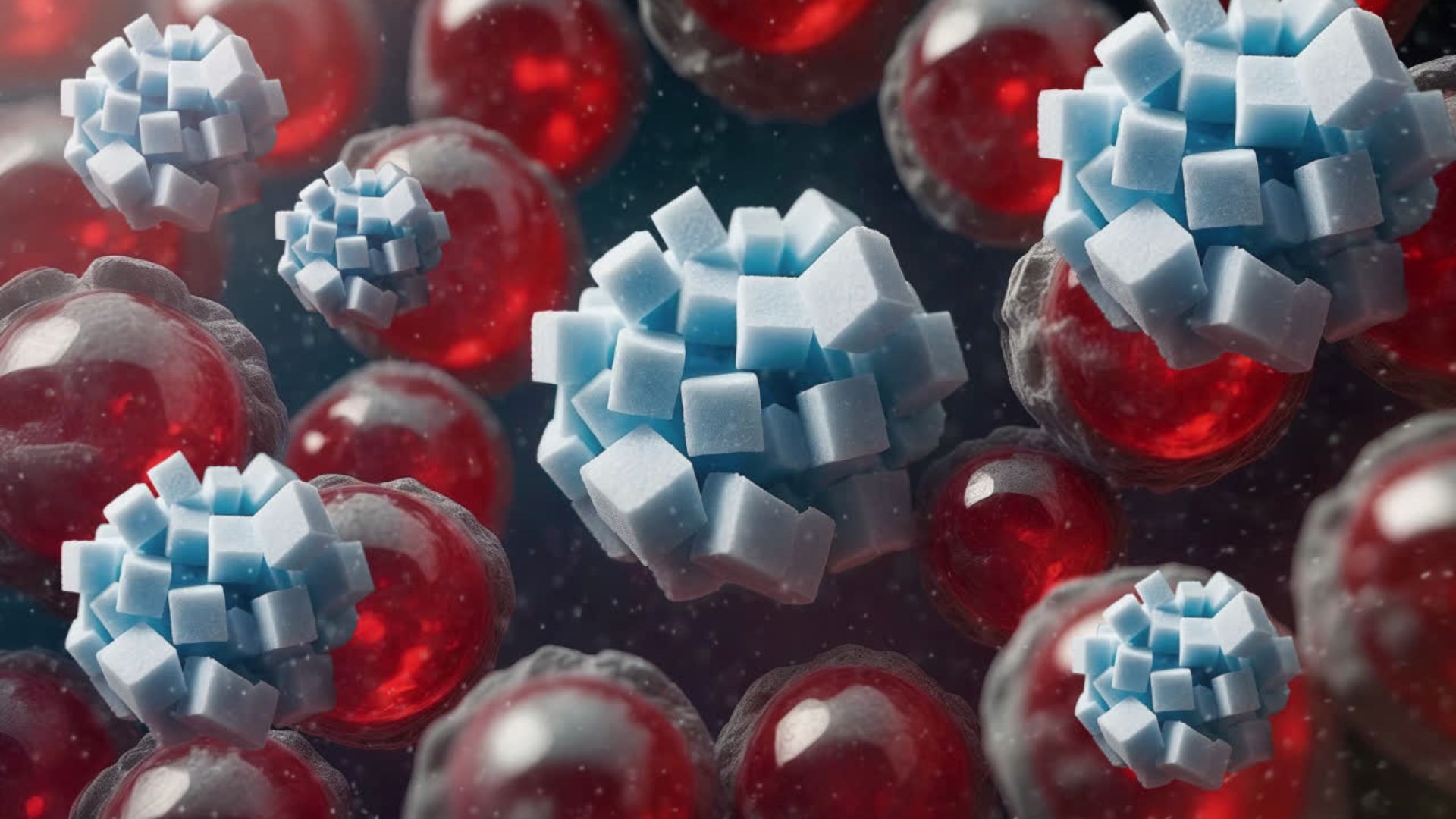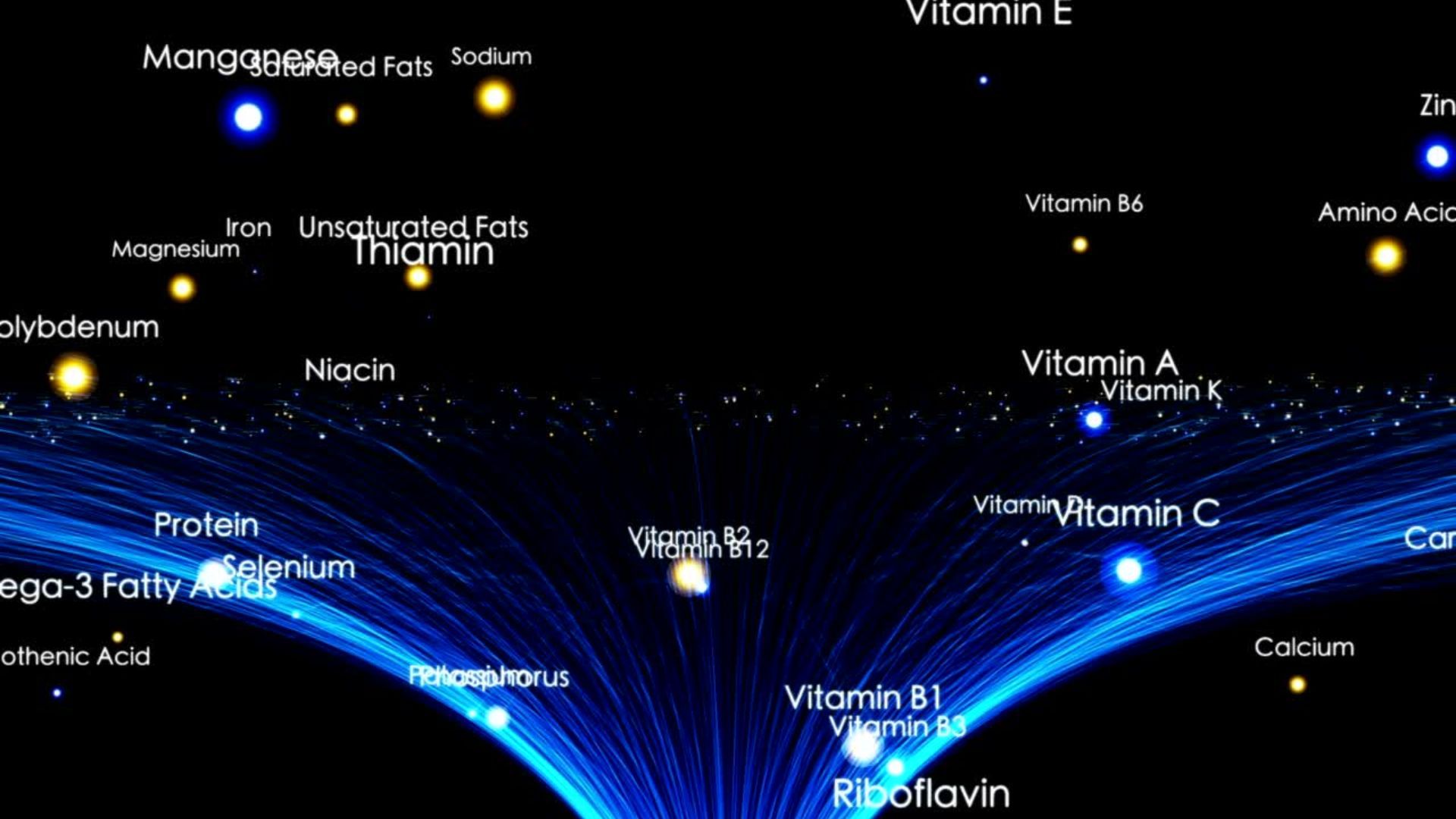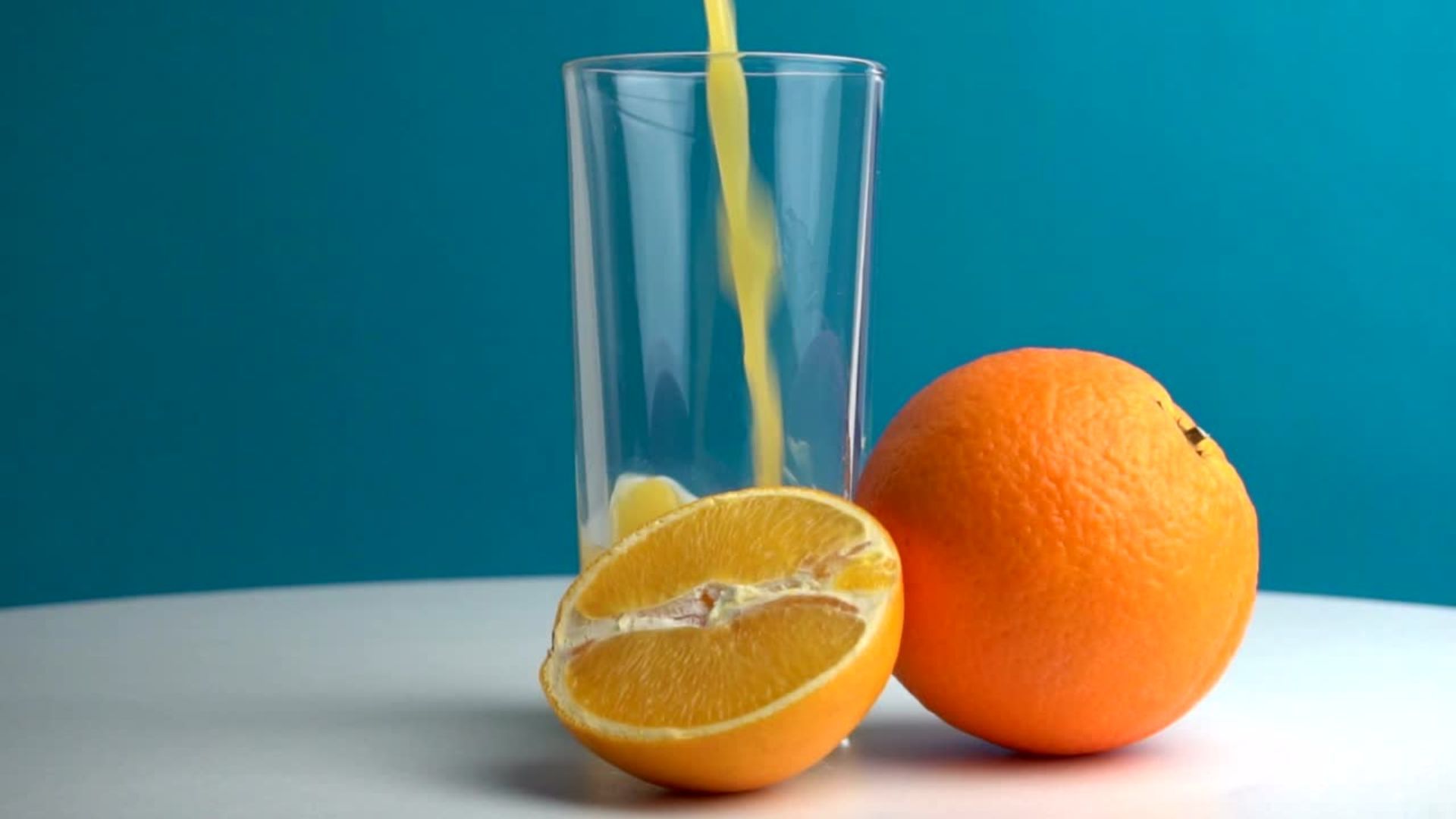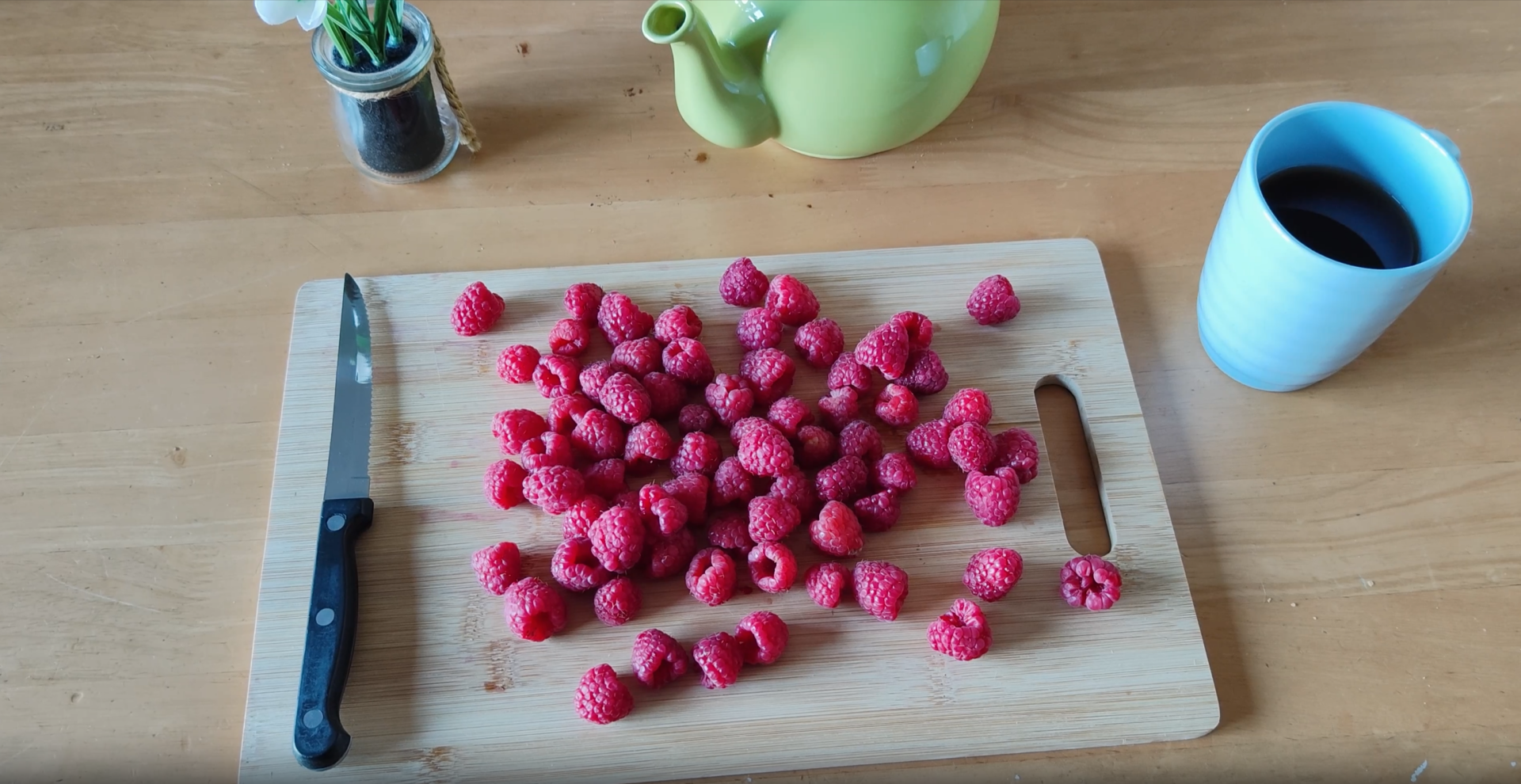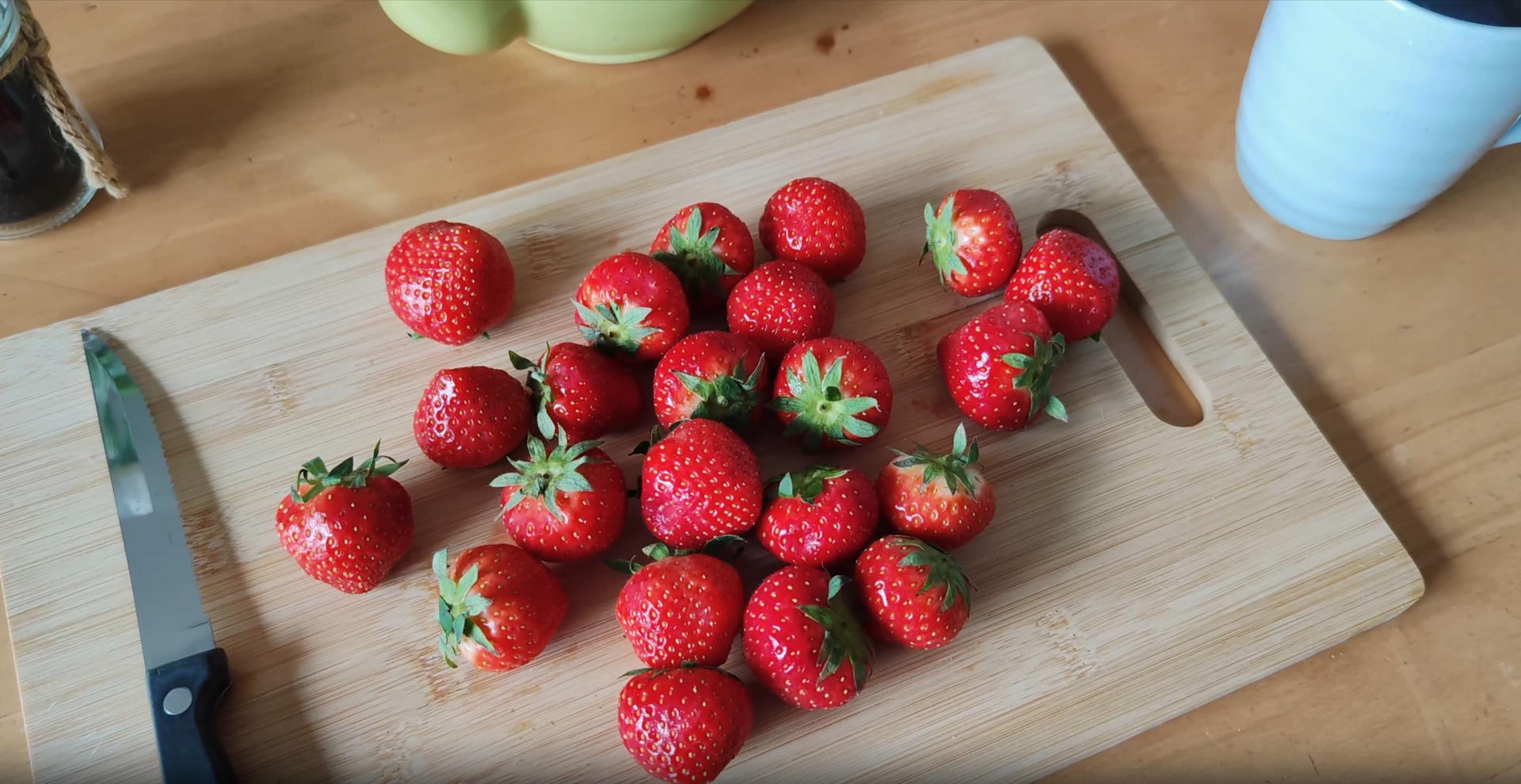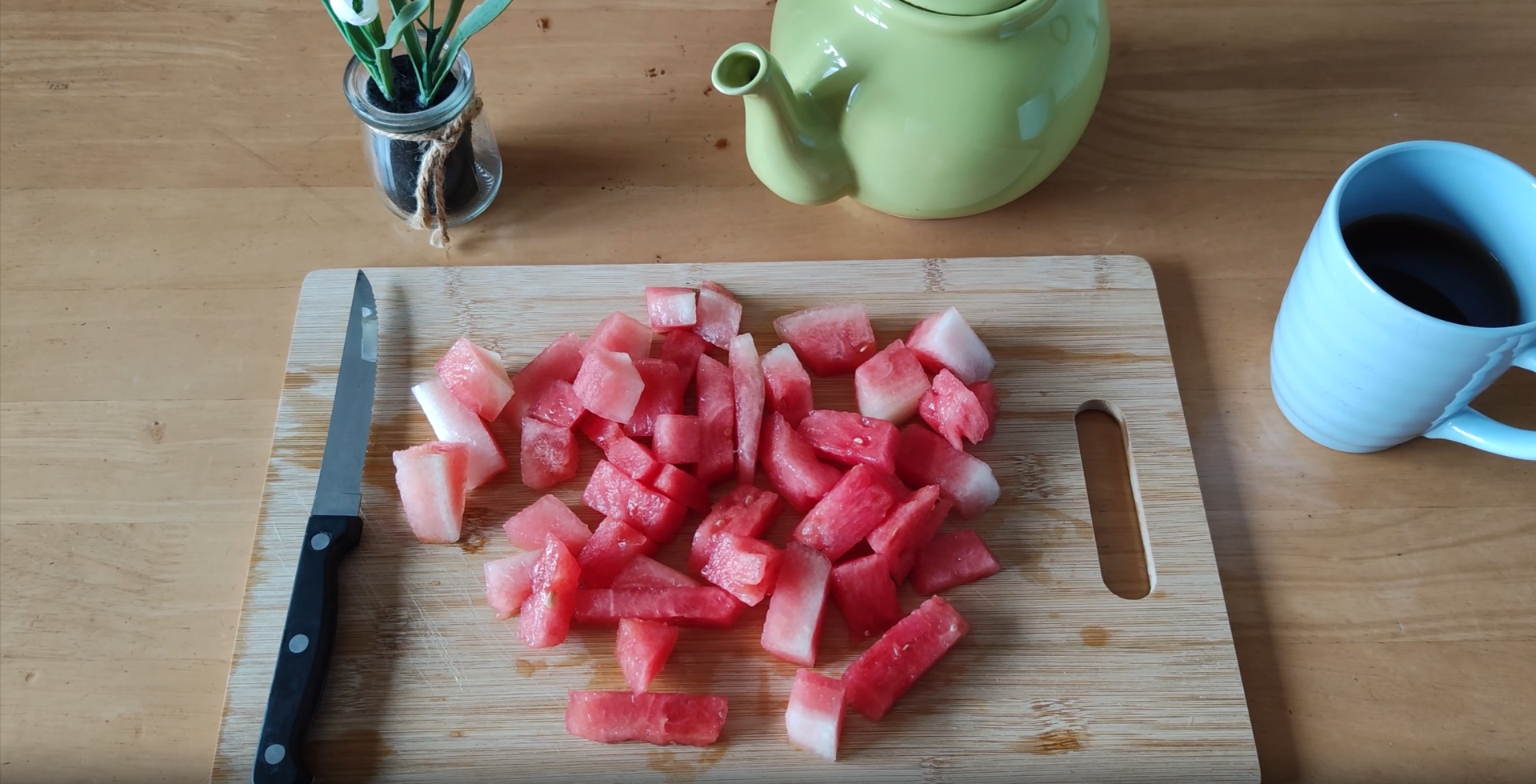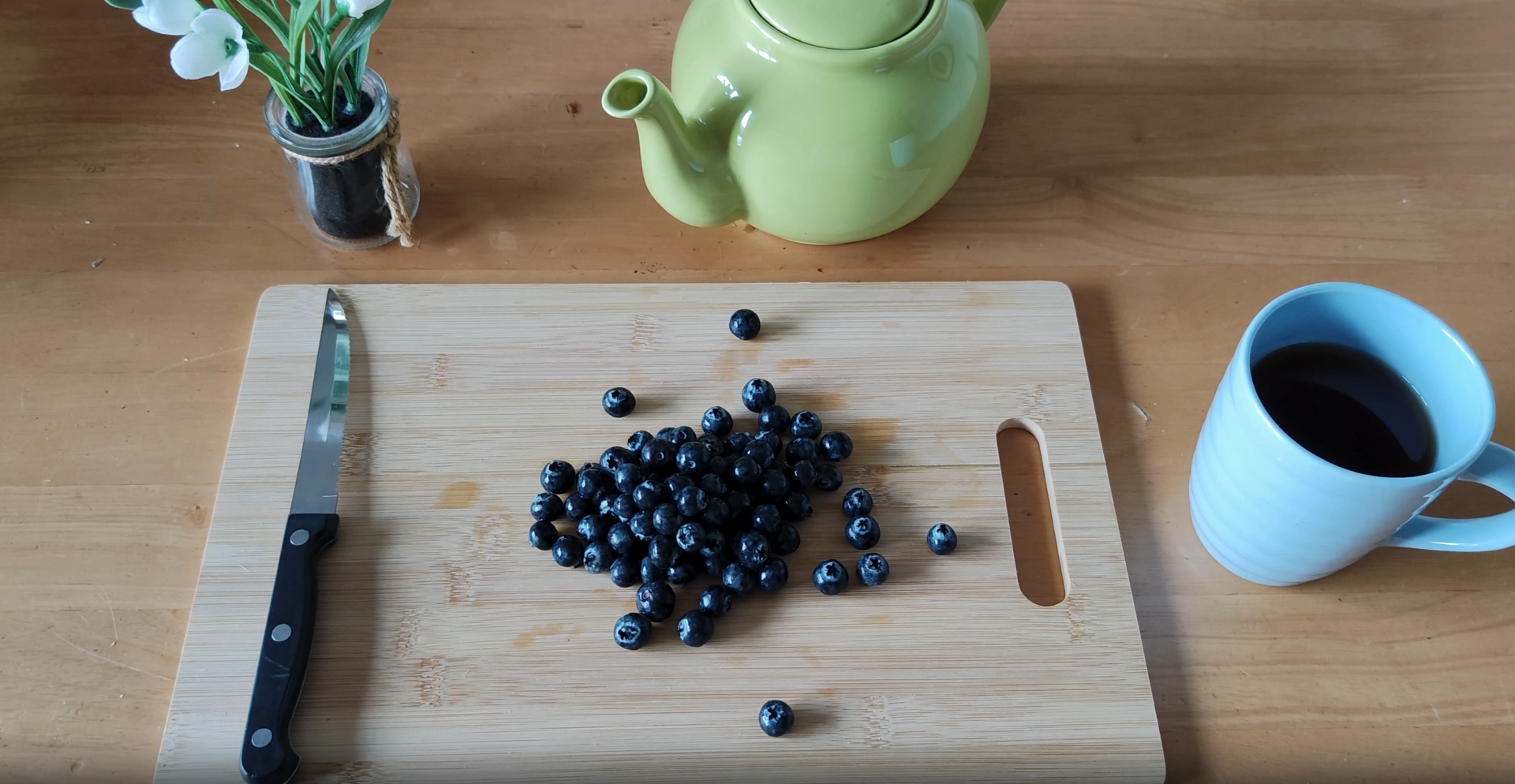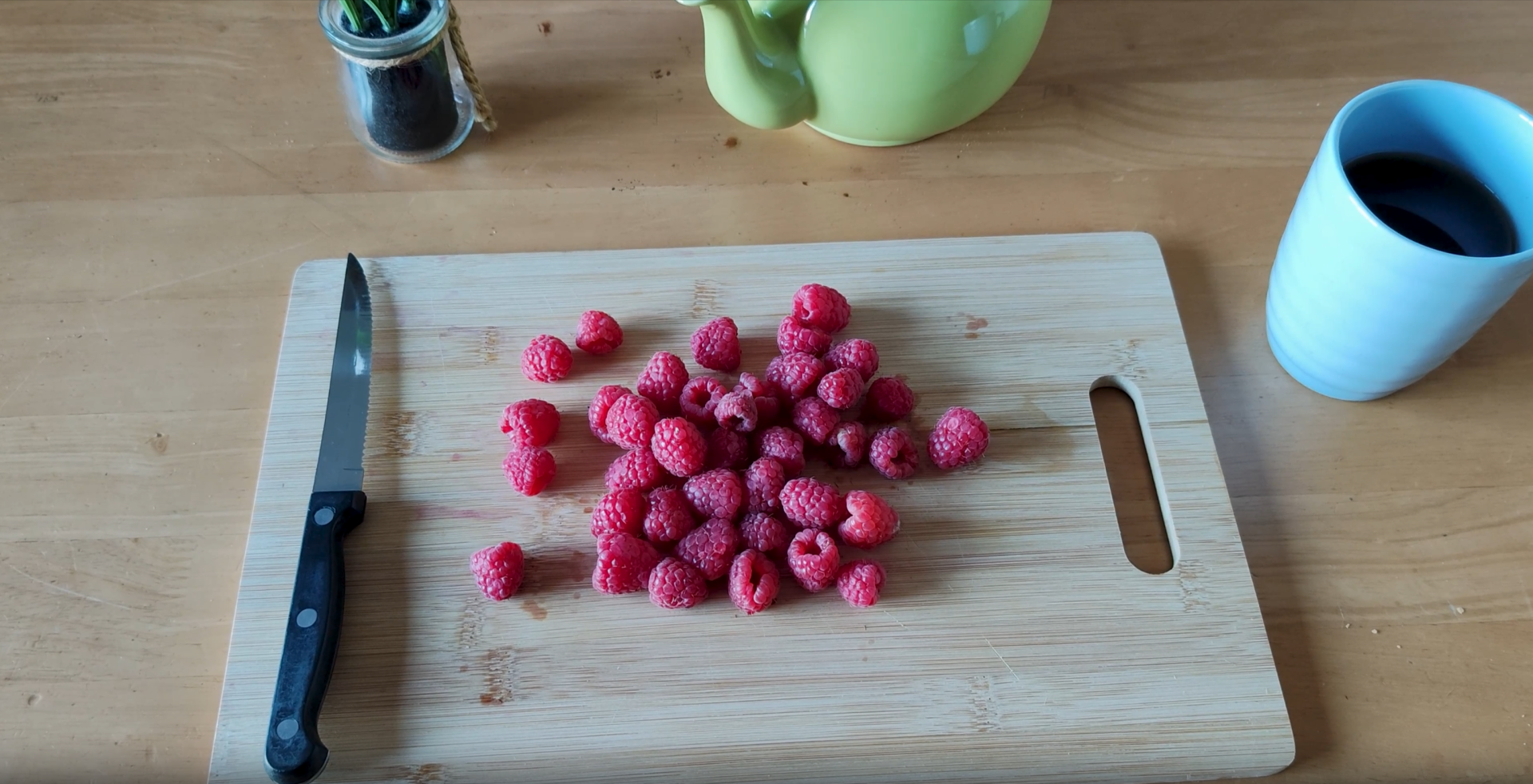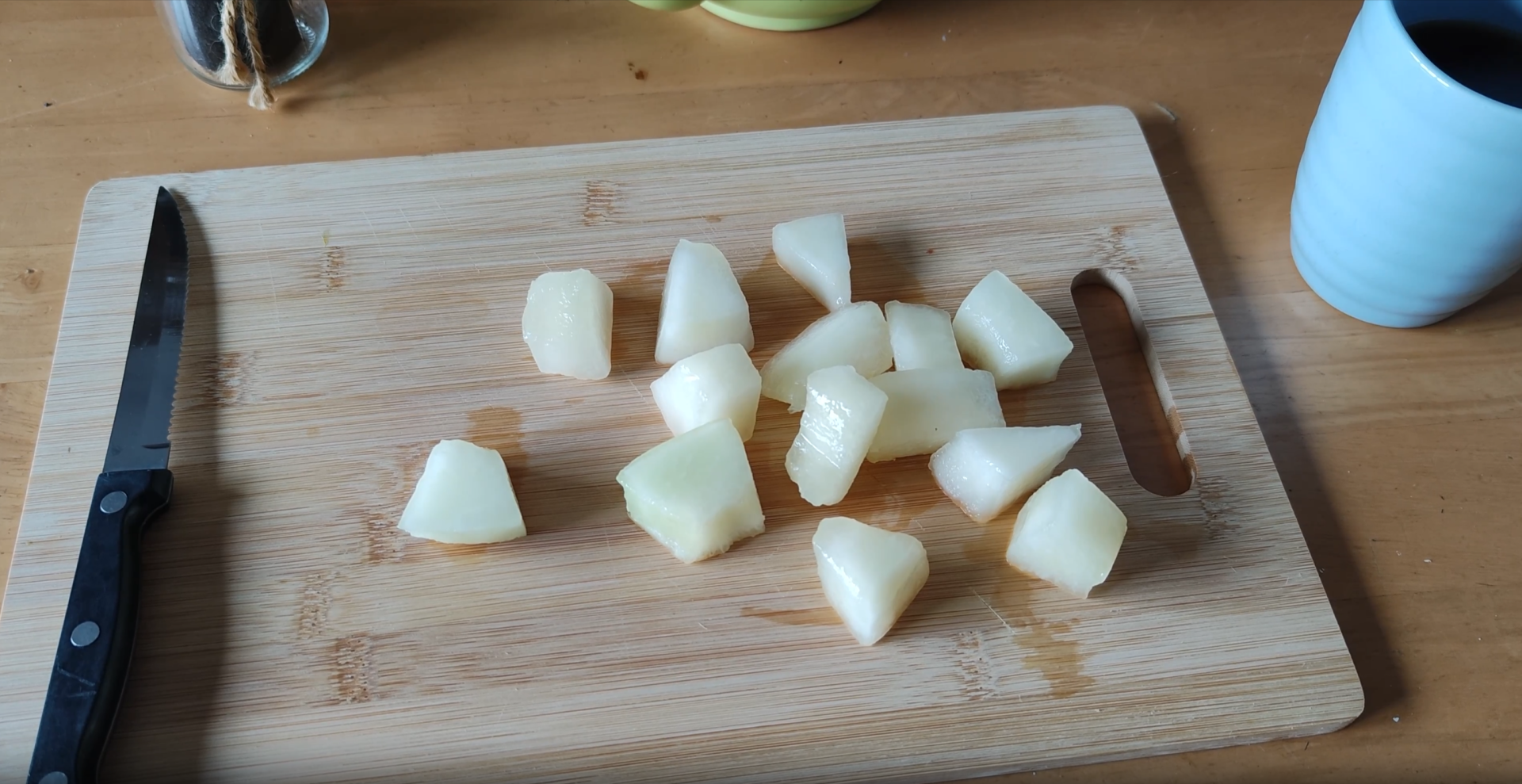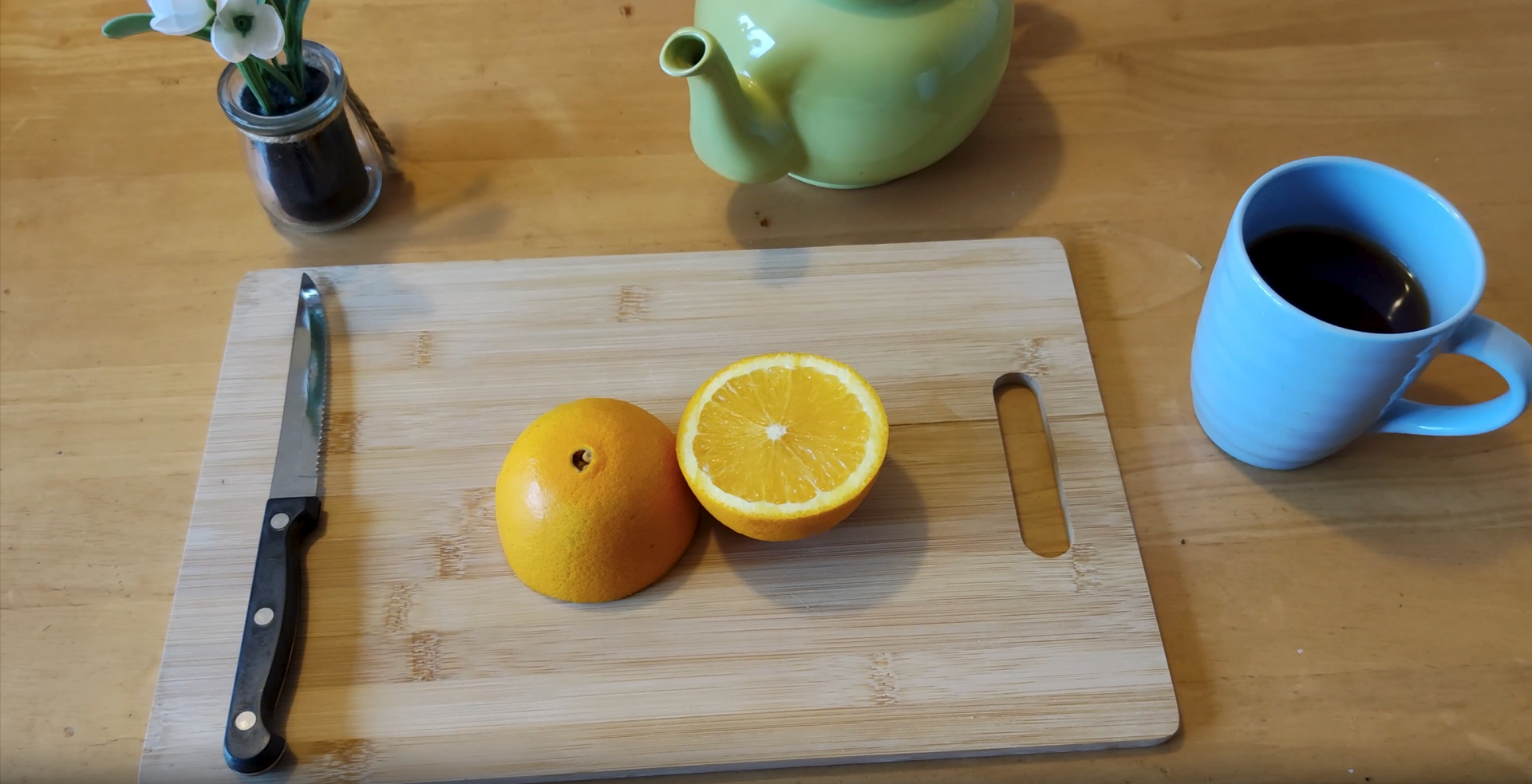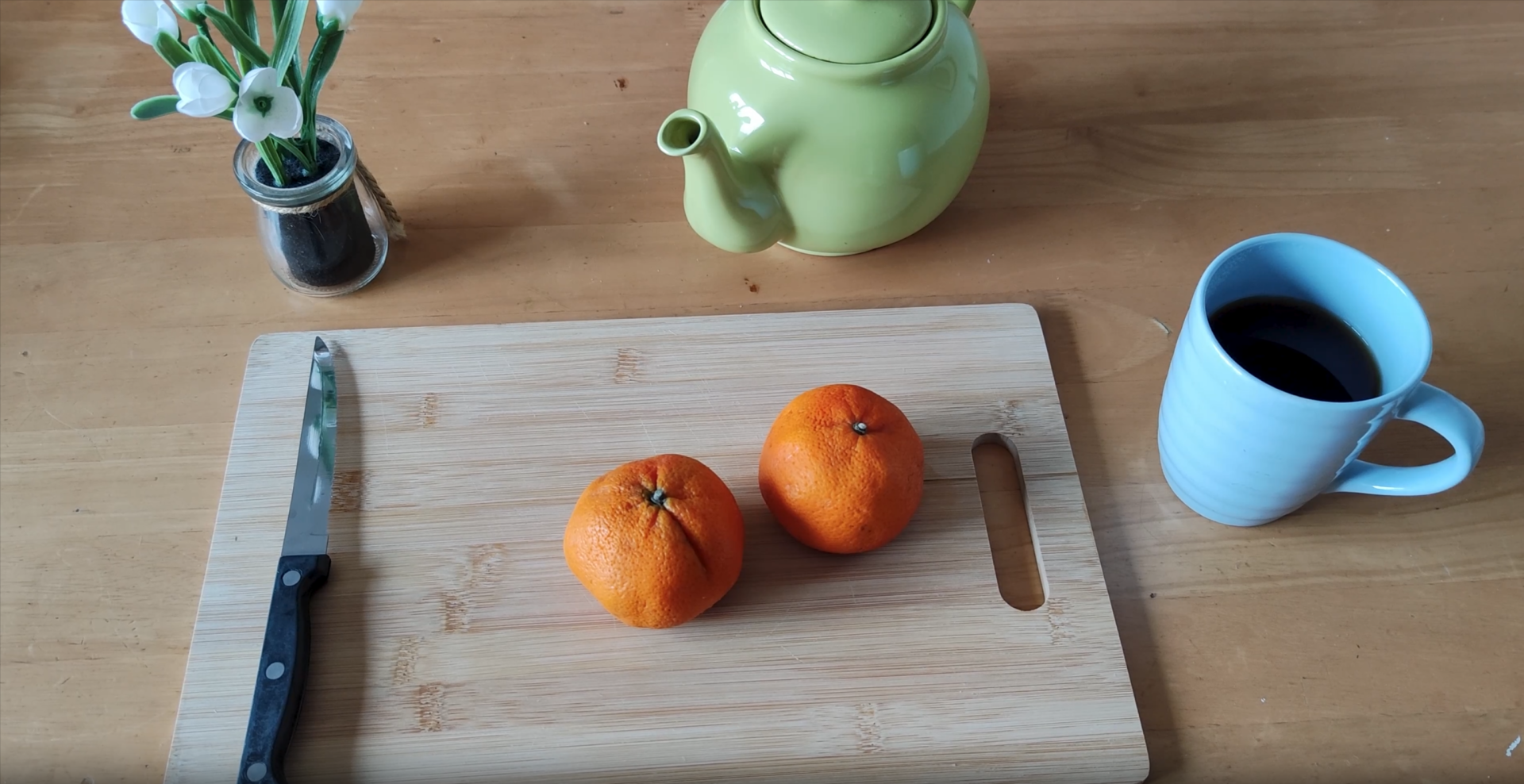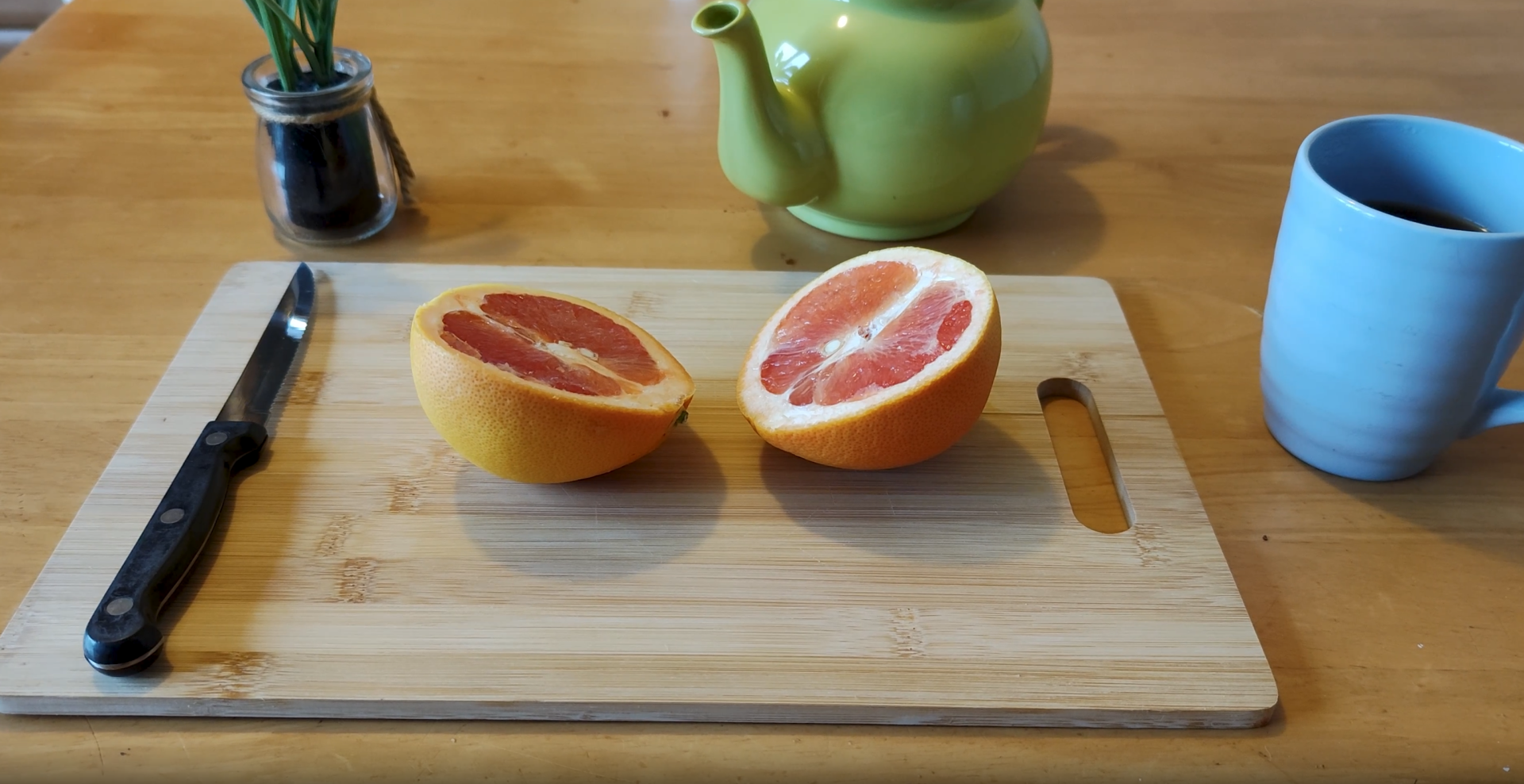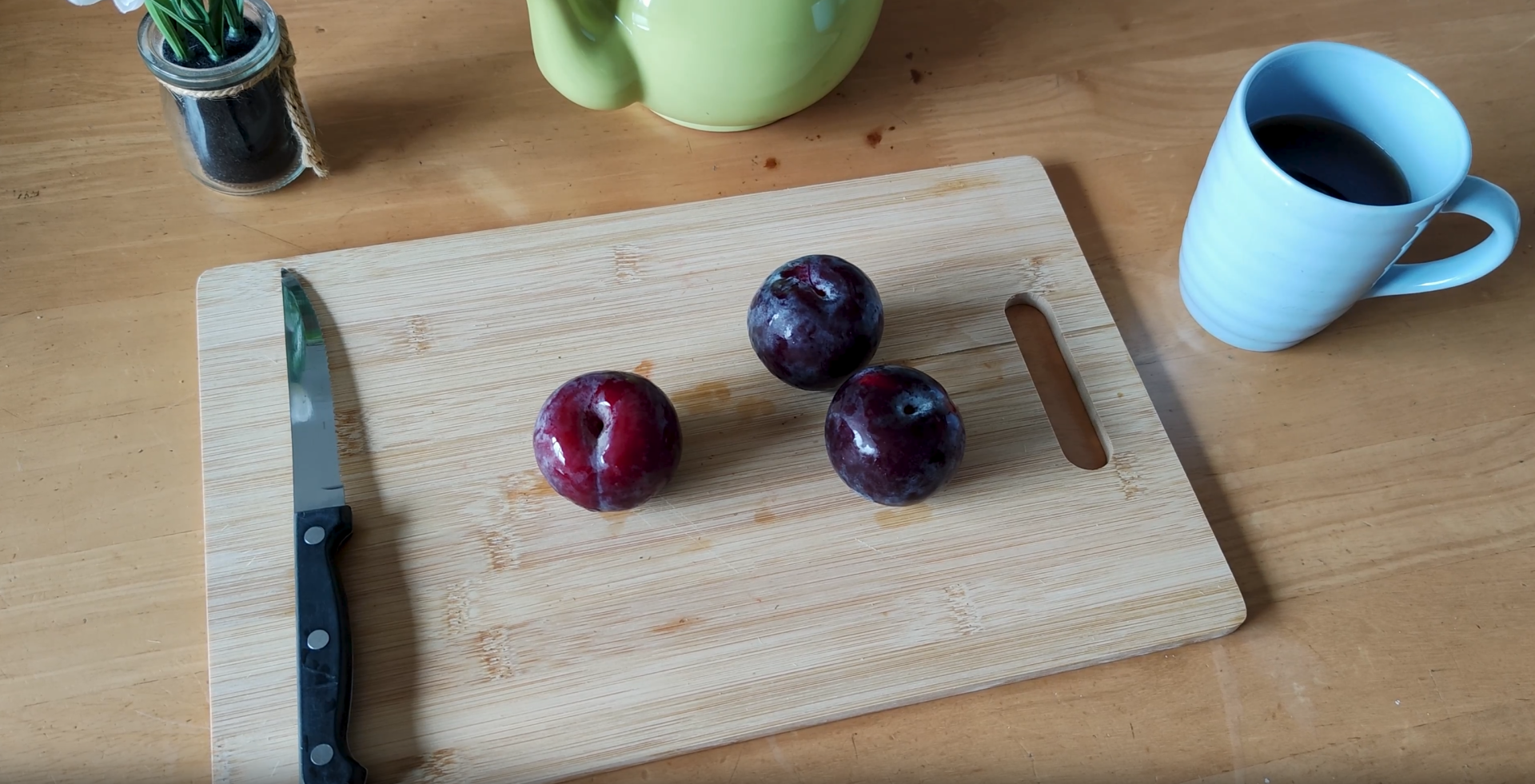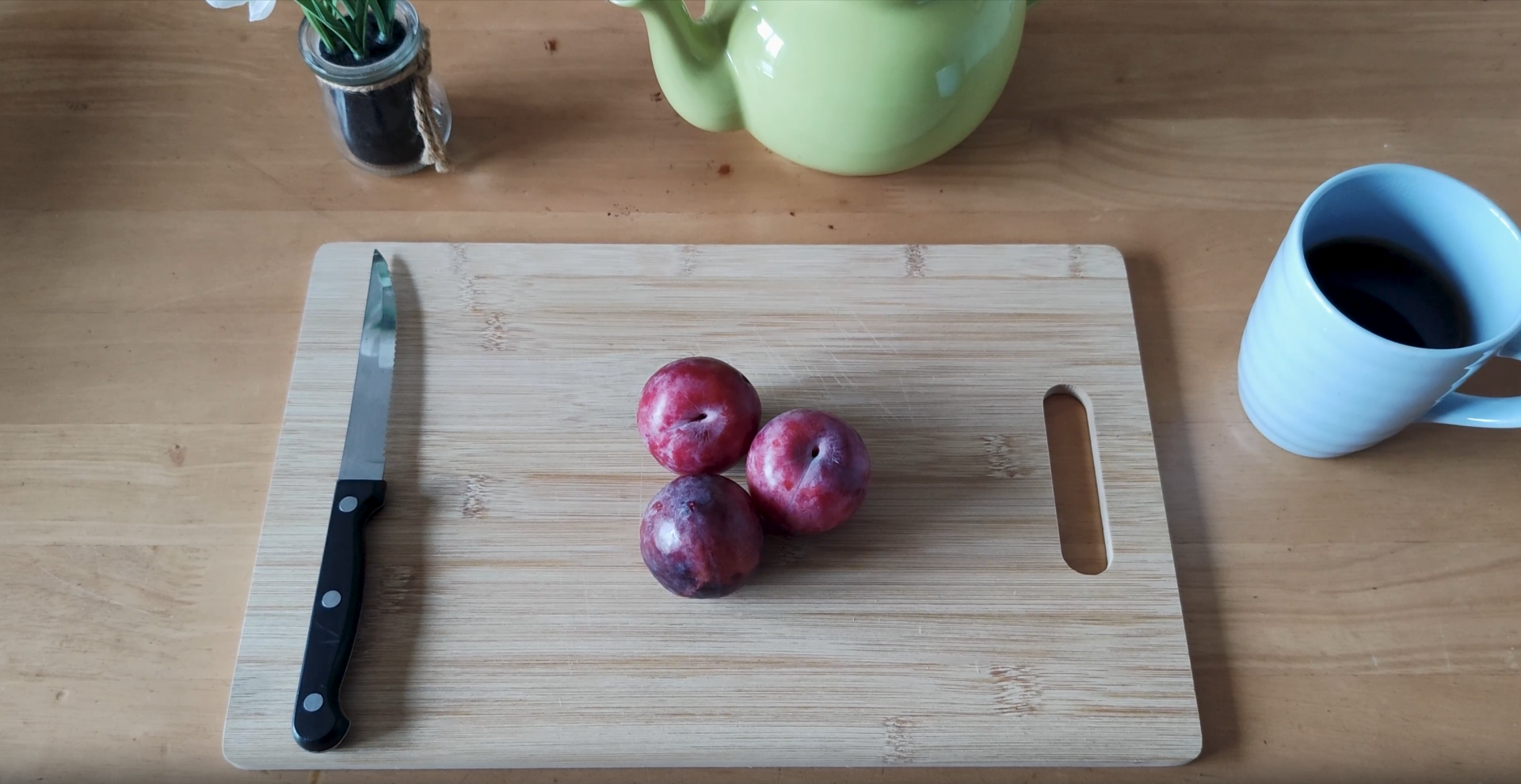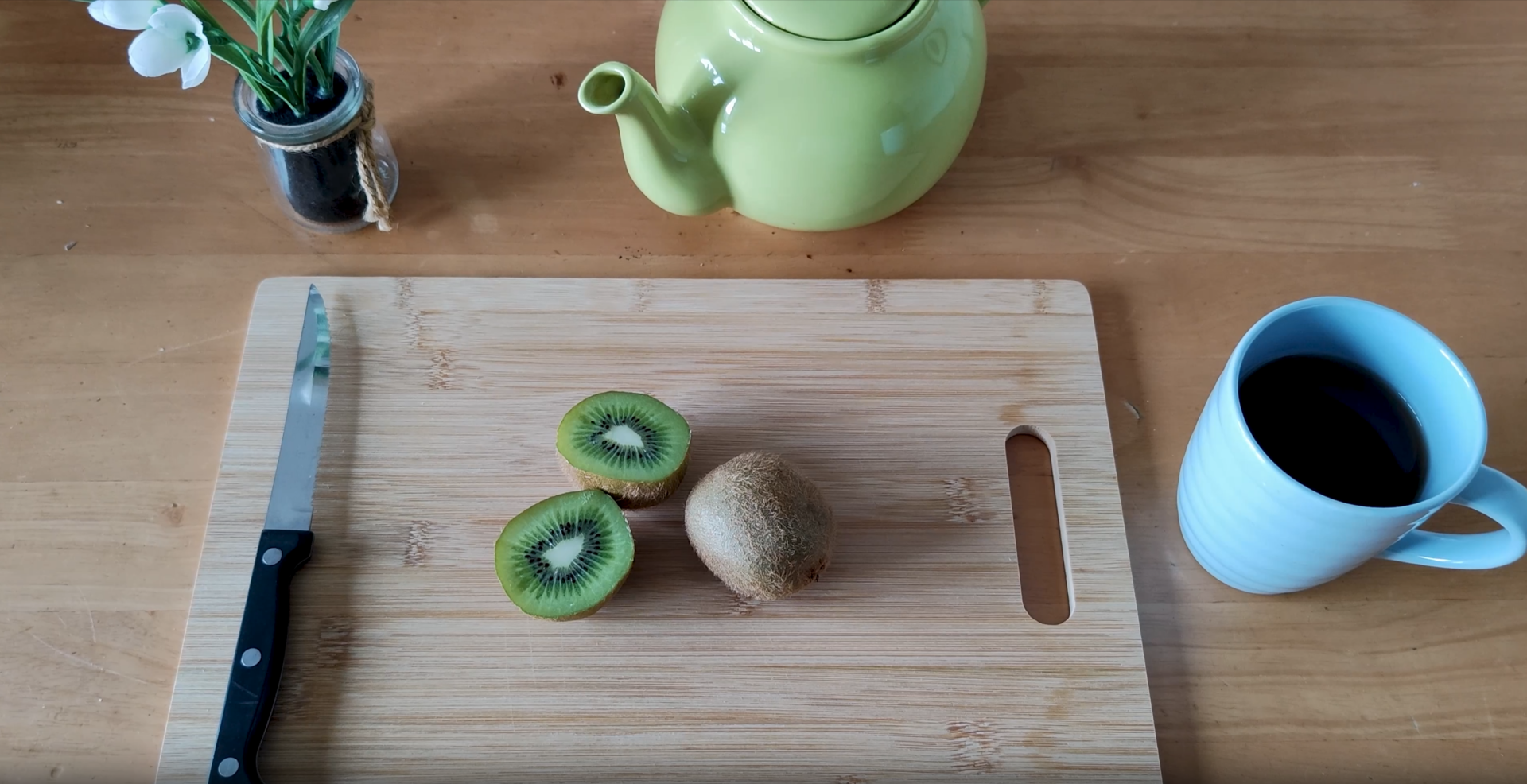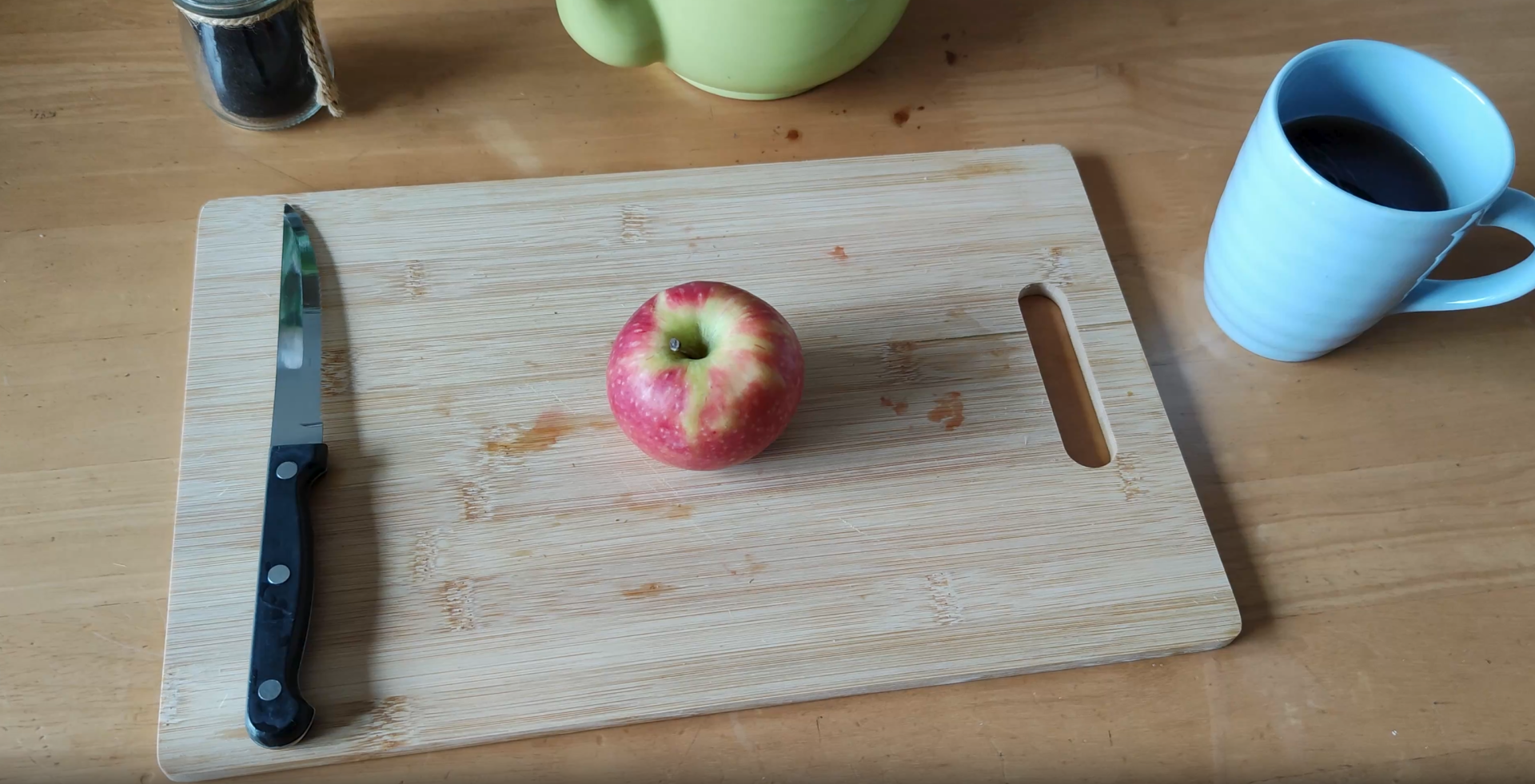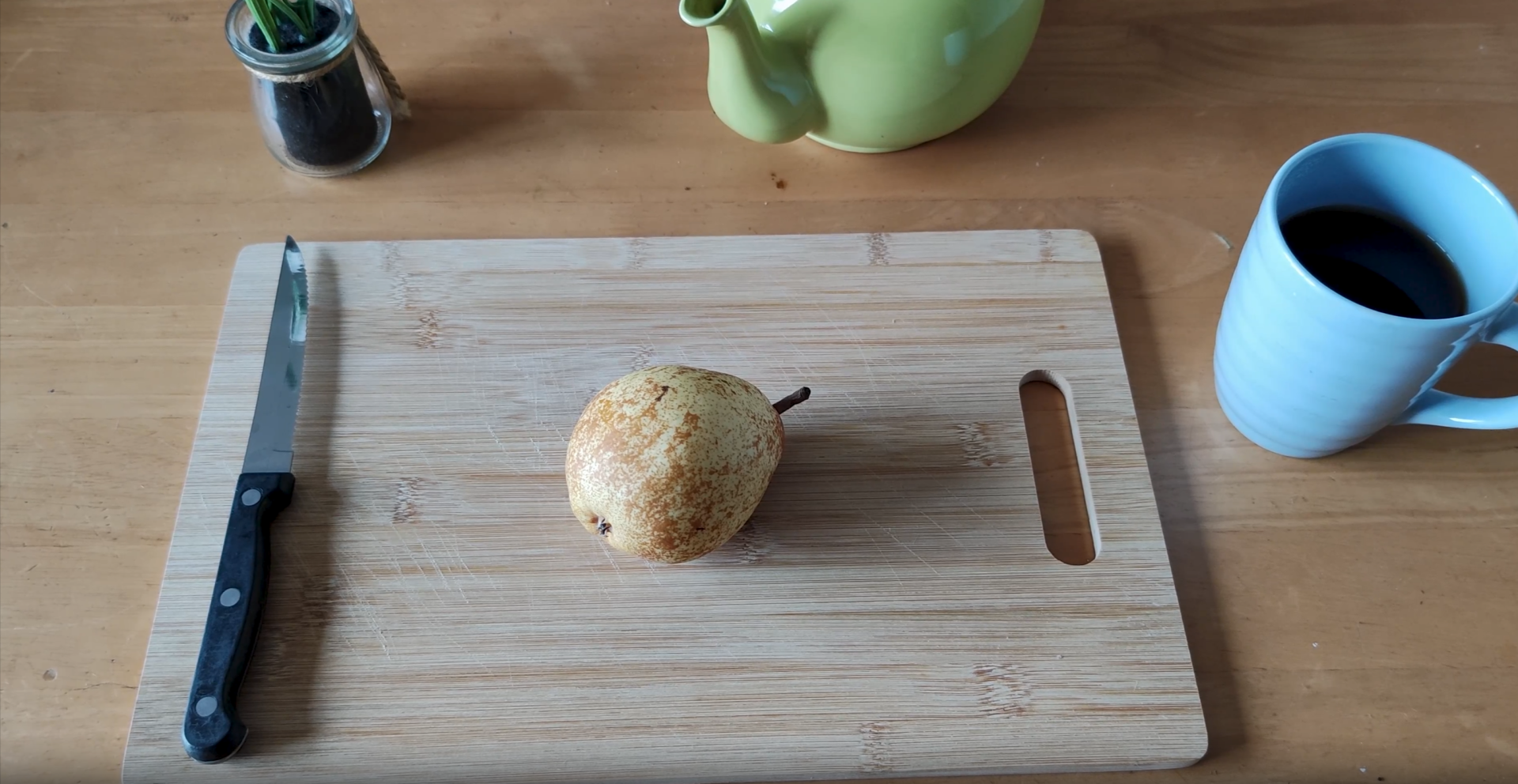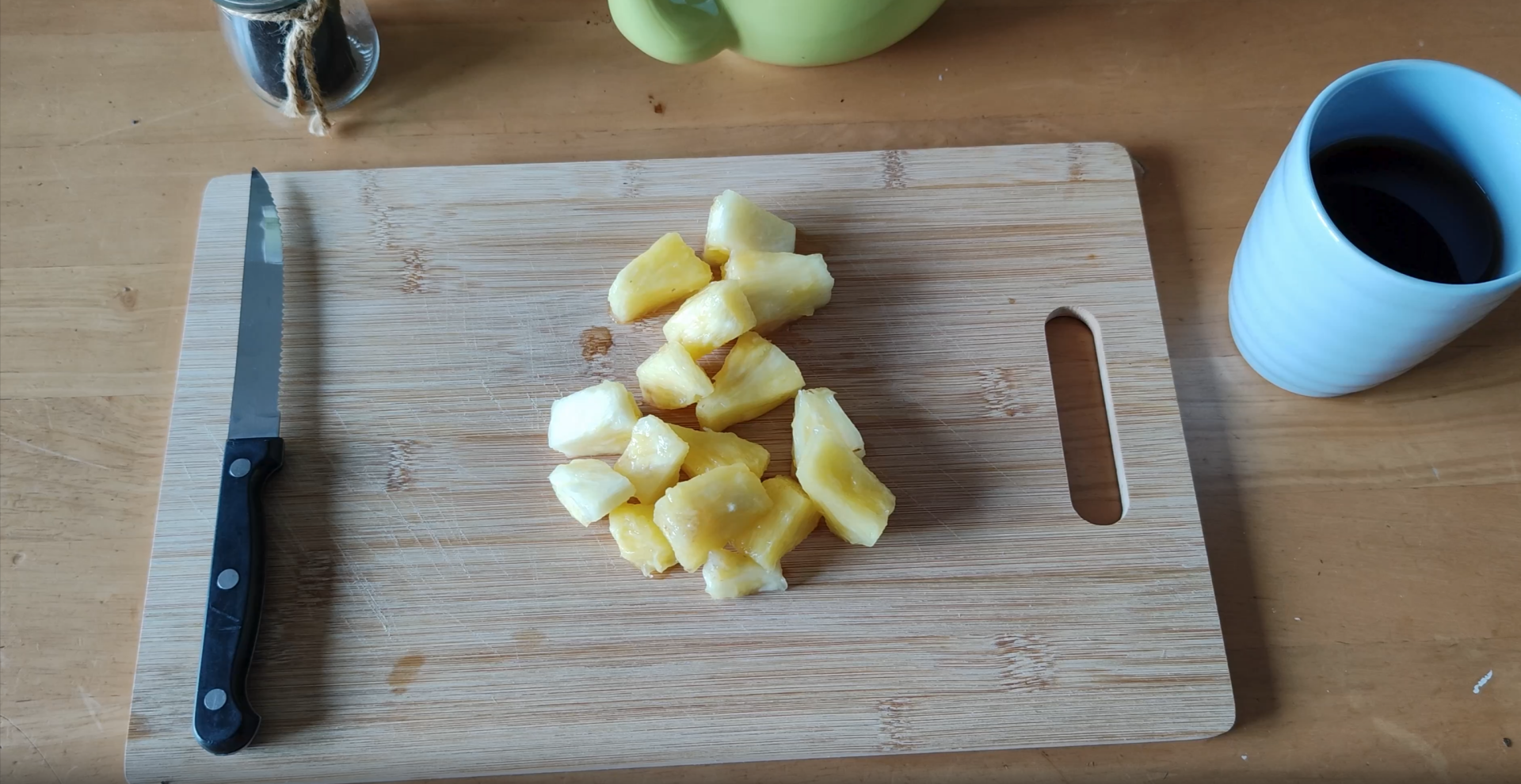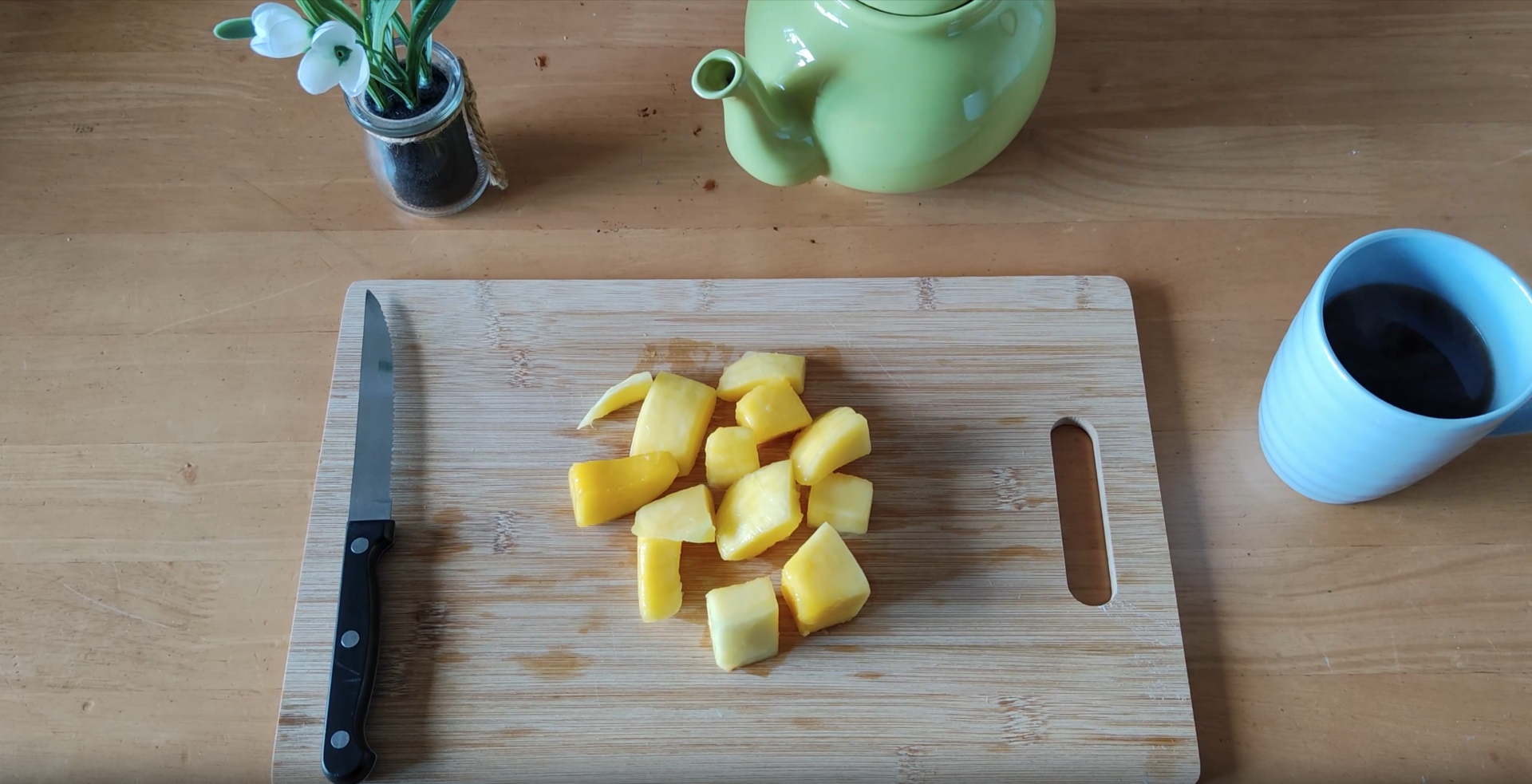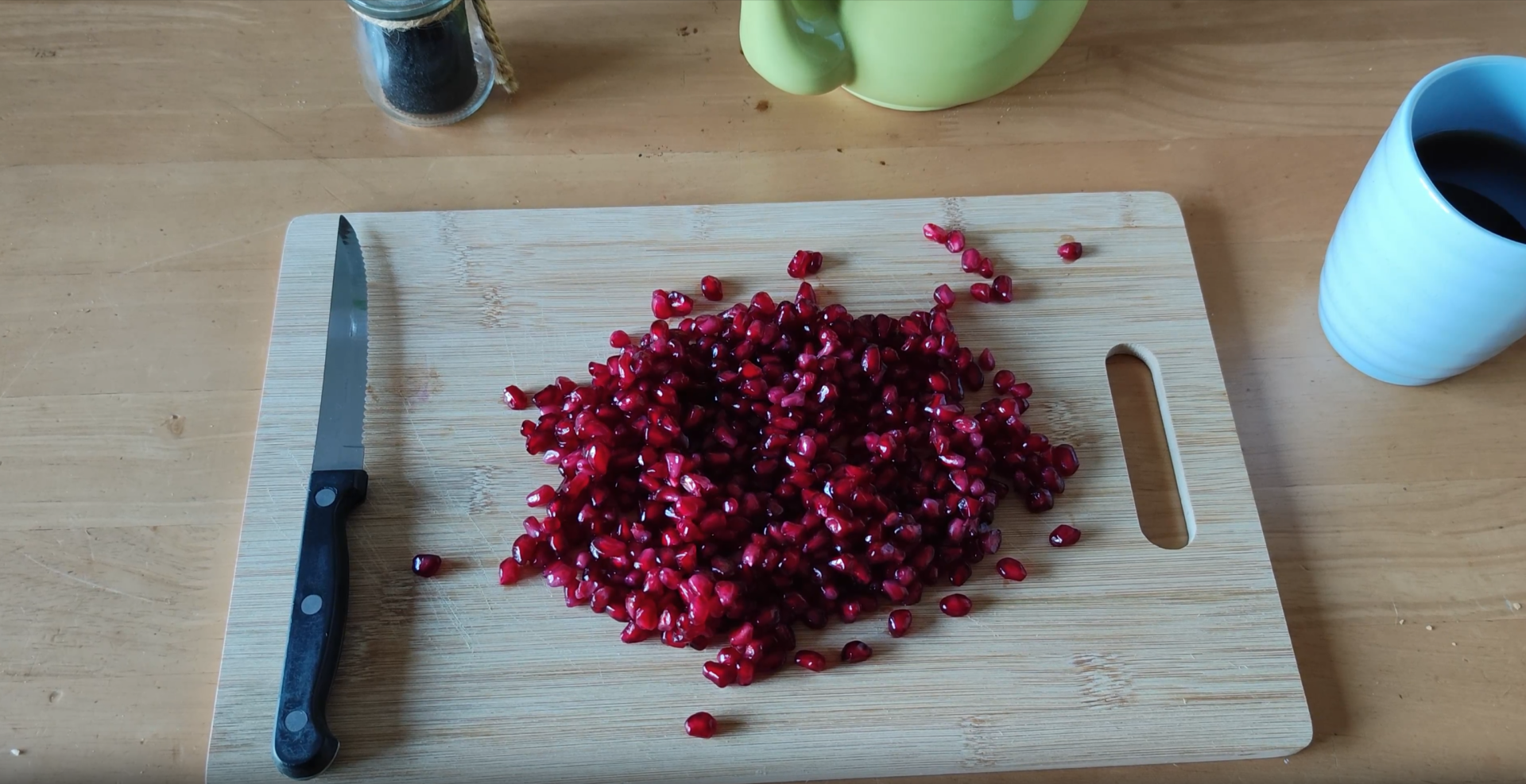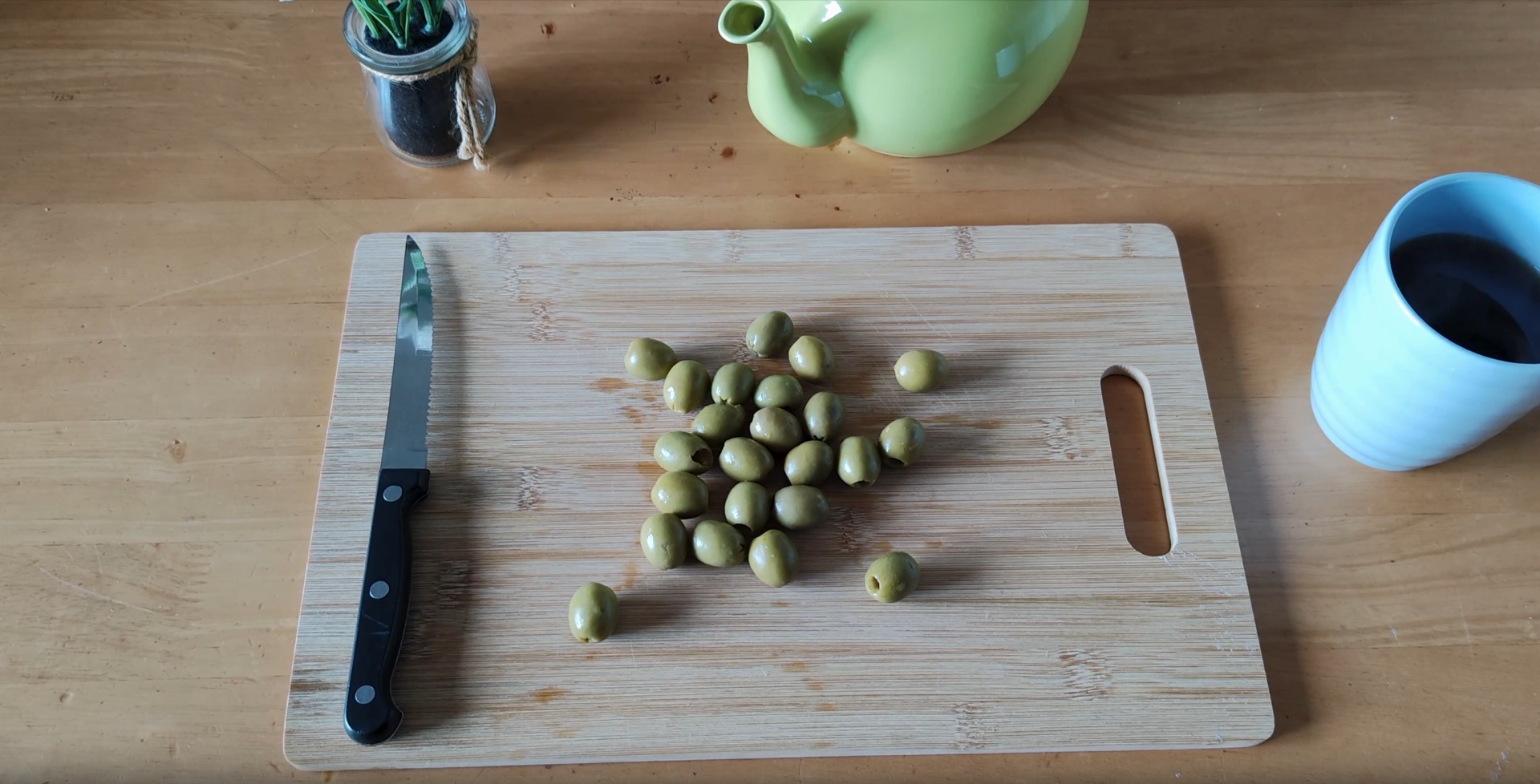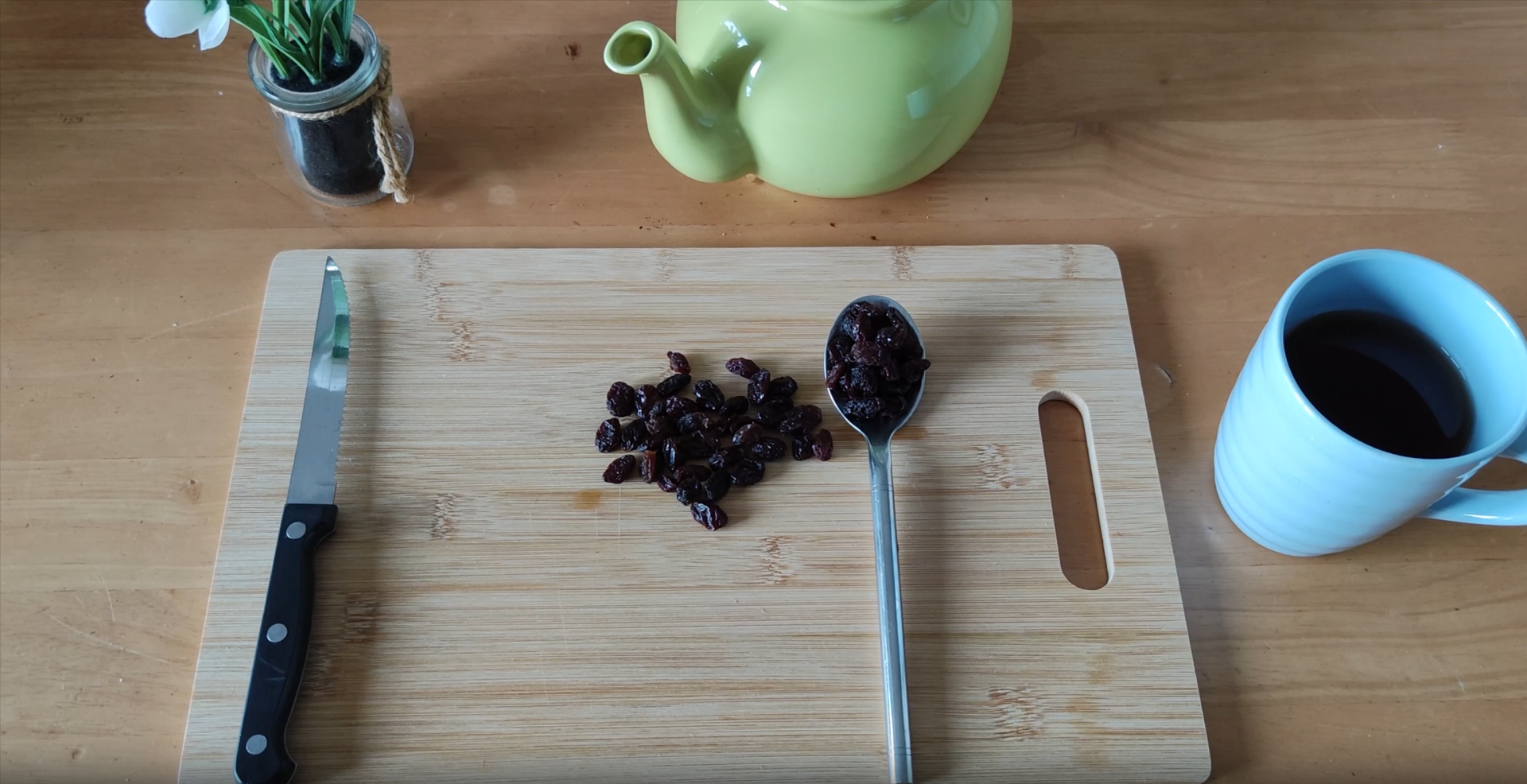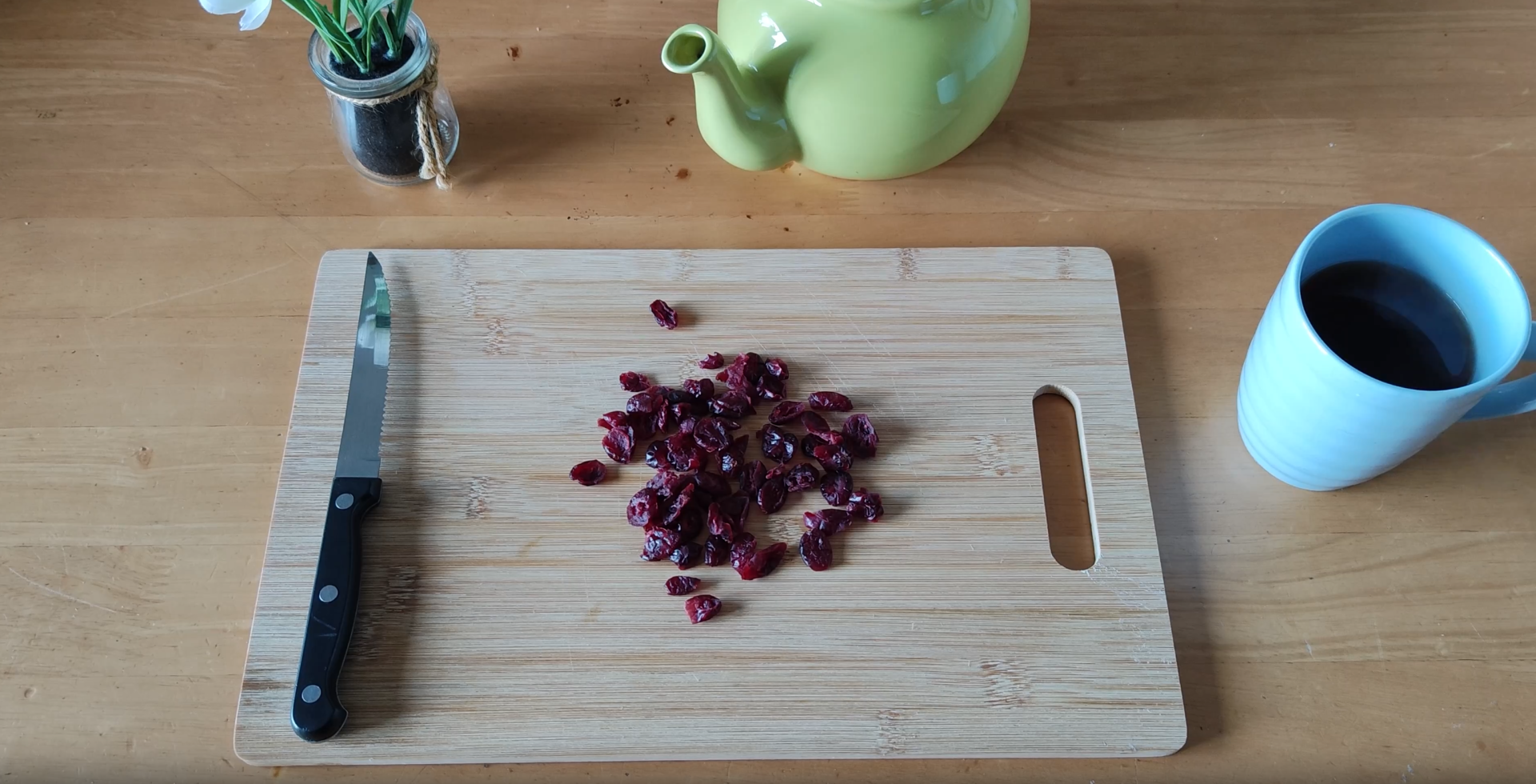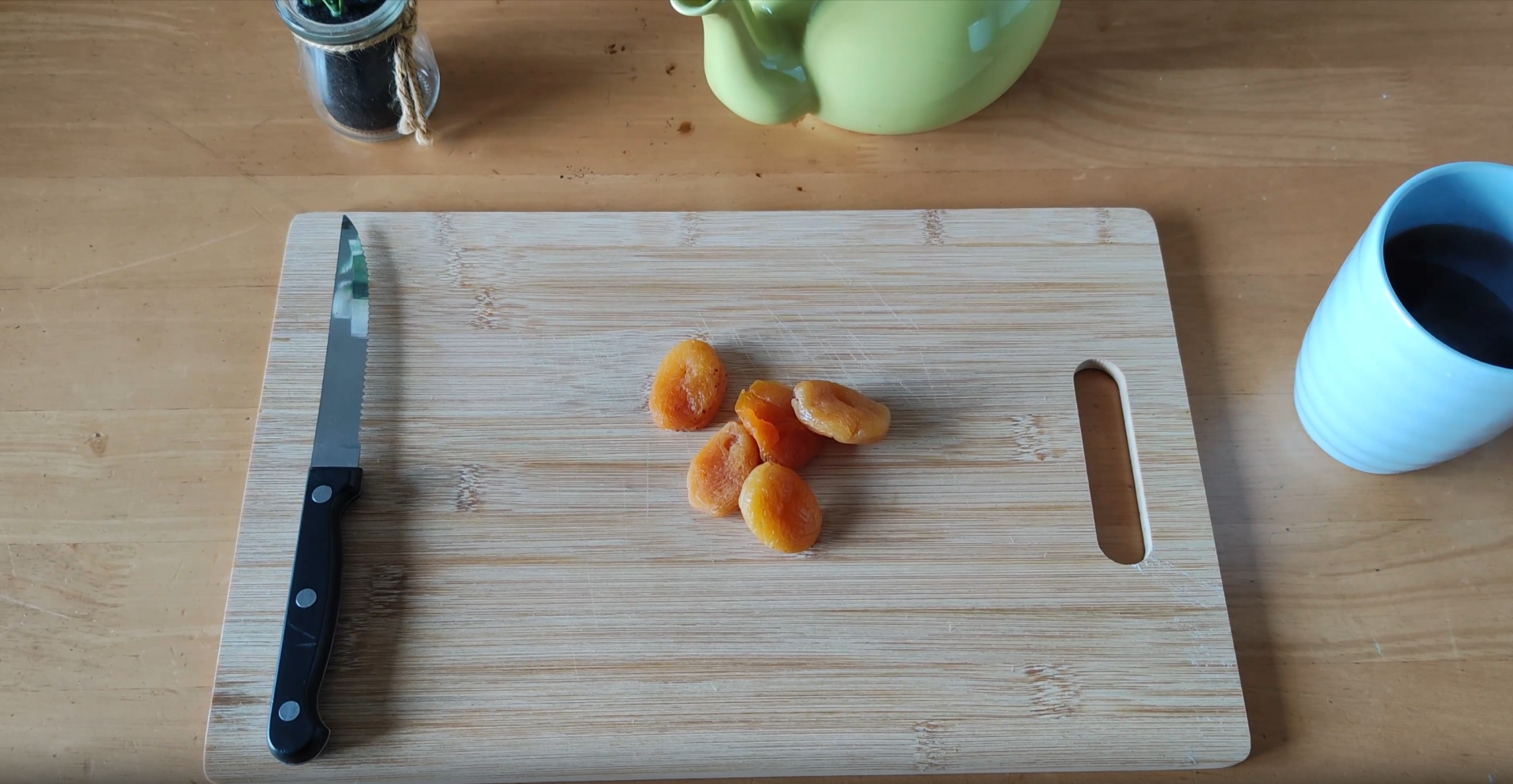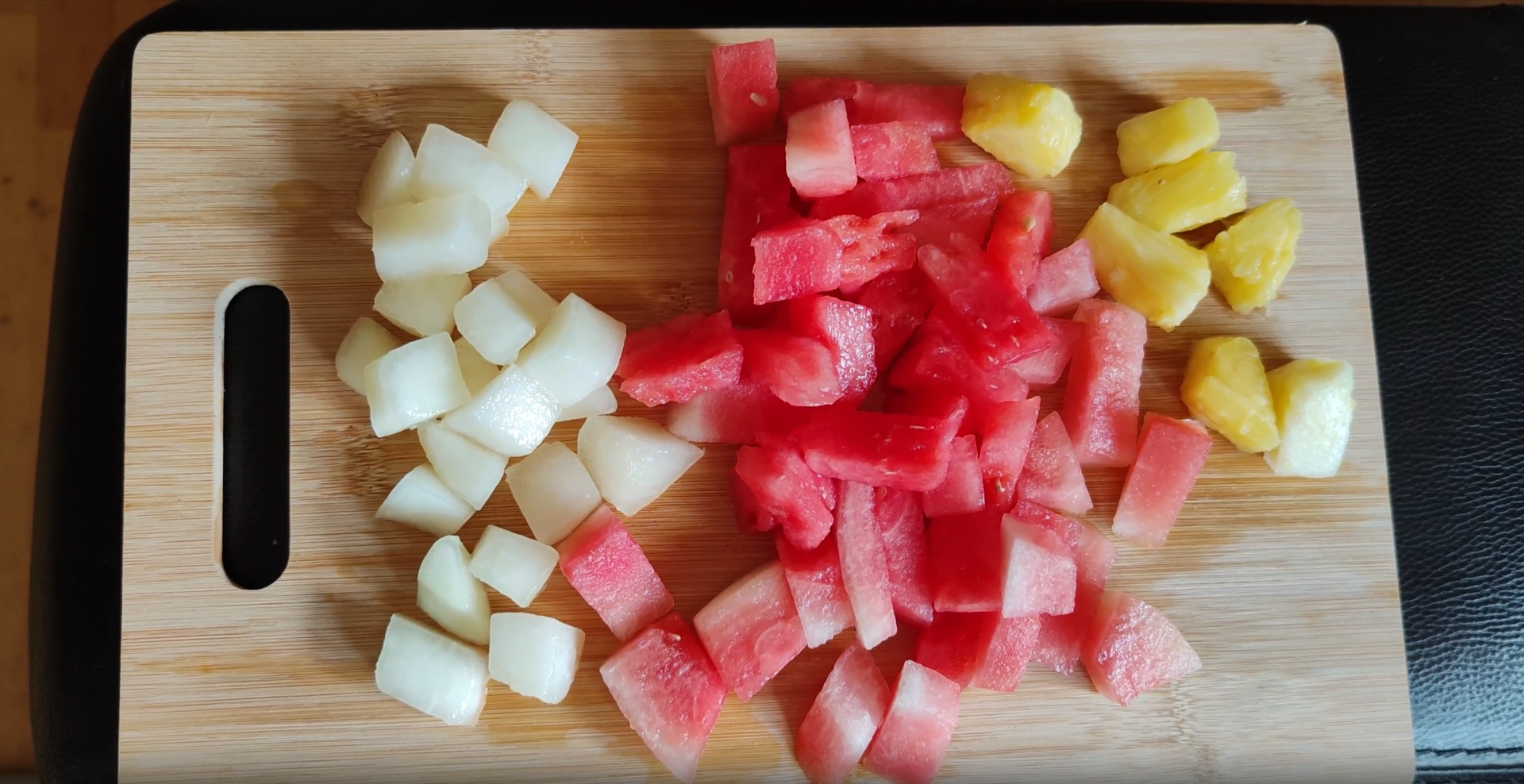Q: How does the sugar in fruit differ from the sugar in junk food?
A: The sugar in fruit is naturally occurring, including fructose, glucose, and sucrose, and comes bundled with essential fiber, vitamins, minerals, and antioxidants. In contrast, junk food contains added, processed sugars that have been stripped of all these beneficial nutrients, leading to different metabolic effects.
Q: What is blood sugar and how does the body regulate it?
A: Blood sugar is the concentration of sugar in your blood, primarily derived from the carbohydrates you consume, and serves as your body's main energy source. Your body regulates it by releasing insulin from the pancreas after meals, which helps cells absorb sugar from the bloodstream for immediate energy or storage, thereby lowering blood sugar levels back to a healthy range.
Q: How do sugars from fruit and junk food affect blood sugar levels differently?
A: Fruit sugars are absorbed slowly due to their fiber content, resulting in a gentle and gradual rise in blood sugar. Conversely, the refined sugars in junk food cause rapid and sharp spikes in blood sugar, which can lead to energy crashes and, over time, contribute to insulin resistance.
Q: When should I be concerned about my sugar intake?
A: Concern about sugar intake is primarily warranted if your diet is heavily dominated by junk food and highly processed items. As long as your intake of processed foods is generally low and you have no underlying health conditions, you typically won't have a problem with natural sugars.
Q: What are micronutrients, and why are fruits rich in them important for health?
A: Micronutrients are essential vitamins and minerals crucial for hundreds of bodily functions, complementing the role of macronutrients. Fruits are vital because they are nutrient-dense, packed with fiber and these micronutrients, which help manage stable blood sugar levels and significantly reduce the risk of chronic diseases.
Q: What is processed food, and how do ultra-processed foods differ?
A: Processed food refers to food altered from its natural state, often with additives to enhance shelf life and taste. Ultra-processed foods are typically highly modified, characterized by long and complex ingredient lists that include substances not commonly found in home kitchens, and are generally stripped of their natural fiber, vitamins, and protein.
Q: Why do companies create ultra-processed foods?
A: Companies primarily create ultra-processed foods to maximize profits. They often use cheap materials, sometimes even waste products, which are then repurposed and engineered to be highly addictive and appealing, rather than for their nutritional value.
Q: How does 23 Tasks approach processed food consumption and cravings?
A: At 23 Tasks, we adopt a non-judgmental stance towards processed food consumption, acknowledging its pervasive marketing and often unavoidable presence. We relate to cravings and binge eating and cover how to deal with them throughout our program without shame, focusing on informed choices rather than strict avoidance.
Q: Is fruit juice as beneficial as whole fruit for weight loss and health?
A: No, fruit juice is generally less beneficial than whole fruit for weight loss and health. It typically lacks the fiber and many nutrients found in whole fruit, adding calories without providing significant satiety, making it a less effective choice for managing hunger in a calorie deficit.
Q: How can whole fruit specifically help with weight loss?
A: Whole fruit aids weight loss by being very filling due to its high fiber content, providing essential nutrients that satisfy the body's needs, offering a high water content for volume eating with fewer calories, and satisfying sweet cravings, which can reduce the desire for less healthy alternatives.
Q: What is the significance of the water content in fruit for weight loss?
A: Fruit's high water content (some fruits are 90% water) allows for eating a large volume of food to feel full while consuming relatively few calories, supporting the principle of volume eating.
Q: Can you overconsume fruit, and does fruit itself cause weight gain?
A: Yes, it is possible to overconsume fruit, especially due to its sweetness and the varying calorie densities among different types. However, fruit itself does not cause weight gain. Fat gain is a result of a consistent surplus of calories from any source, not from the natural sugar in fruit.
Q: What are smart fruit choices for weight loss, and how should I approach fruit consumption?
A: For weight loss, smart fruit choices include lower-calorie, high-volume options like strawberries, watermelon, and pomegranate seeds for snacking. While all fruits are nutritious, it's advisable to be mindful of portion sizes for higher-calorie fruits such as bananas, avocados, and dried fruit to ensure you remain within your daily calorie deficit.
Q: How does 23 Tasks help individuals manage processed food intake and cravings?
A: 23 Tasks helps by providing tools to naturally cut down on processed food intake through increased consumption of vegetables, fruits, and protein. The program also offers strategies to deal with cravings and binge eating without shame, recognizing environmental factors influence these behaviors.
Q: What is the "Aggregation of Marginal Gains," and how does it apply to weight loss?
A: The "Aggregation of Marginal Gains" is a philosophy that emphasizes achieving significant overall improvement by seeking tiny, consistent 1% improvements in every aspect of a process. In weight loss, this means that small, daily positive changes—like mindful fruit choices—accumulate over time to create substantial and permanent results, far beyond their individual impact.
Q: Does clean eating automatically lead to weight loss?
A: Not necessarily. While "clean eating" often involves nutritious foods, weight loss ultimately depends on achieving a calorie deficit. Even highly nutritious foods like certain fruits (e.g., avocados) can contribute to a calorie surplus if consumed in large quantities.
